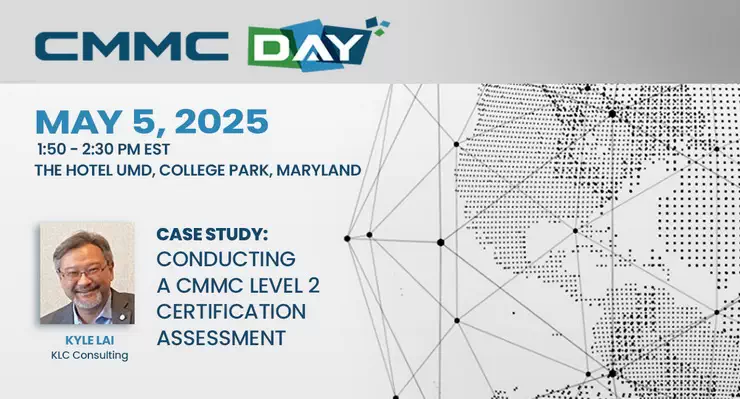
Scoping CUI for Success
The Cybersecurity Maturity Model Certification (CMMC) is a critical framework for organizations involved in government contracts or the defense industry. Achieving compliance with CMMC requires a meticulous approach, starting with a CMMC Gap Assessment or CMMC Readiness Assessment. These assessments begin with scoping Controlled Unclassified Information (CUI), and partnering with a certified professional can make all the difference. In this blog post, we’ll explore why scoping CUI is essential and how certified professionals enhance the process.
Understanding the Significance of Scoping CUI
Controlled Unclassified Information (CUI) is a cornerstone of CMMC compliance. CUI refers to unclassified information that requires safeguarding or dissemination controls, as mandated by federal law or government policies. Scoping CUI is essential because it defines the boundaries of what information needs protection under CMMC. It sets the stage for a comprehensive assessment that ensures your organization meets the required security standards.
The Role of Scoping in CMMC Assessments
Both CMMC Gap Assessments and CMMC Readiness Assessments begin with scoping CUI:
- Identifying CUI: The first step is identifying where CUI resides within your organization. This involves classifying data and understanding which data elements fall under the category of CUI.
- Defining Boundaries: Scoping defines the boundaries within your organization where CUI is processed, stored, or transmitted. It’s crucial to identify systems, processes, and personnel that interact with CUI.
- Selecting Security Controls: Based on the CUI scoping, security controls are selected and applied. These controls align with the CMMC framework’s requirements and help protect CUI effectively.
- Ensuring Compliance: With the help of a certified professional, your organization will ensure that the chosen security controls meet the CMMC requirements specific to the identified CUI.
The Benefits of Partnering with a Certified Professional
Now, let’s explore the benefits of scoping CUI for CMMC compliance with the assistance of a certified professional:
- Expert Guidance: Certified professionals possess specialized knowledge of CUI and the CMMC framework. Their expertise ensures that CUI scoping is accurate and comprehensive.
- Efficient Resource Allocation: Scoping CUI efficiently allocates resources to protect the most critical information assets. This prevents unnecessary investments in non-CUI areas.
- Risk Mitigation: Certified professionals help identify potential risks associated with CUI, ensuring that security controls are aligned with the level of risk.
- Tailored Solutions: They provide tailored solutions specific to your organization’s unique CUI requirements, avoiding a one-size-fits-all approach.
- Compliance Assurance: Working with a certified professional increases confidence in achieving CMMC compliance by ensuring that CUI is adequately protected.
- Scalability: Certified professionals can help your organization scale its CUI protection as needed, adapting to changes in the threat landscape.
- Ongoing Support: Beyond scoping, certified professionals offer ongoing support to maintain CMMC compliance and adapt to evolving security challenges.
Conclusion
Scoping CUI is the cornerstone of CMMC Gap Assessments and CMMC Readiness Assessments. It ensures that your organization’s cybersecurity efforts are appropriately targeted and aligned with CMMC requirements. Partnering with a certified professional adds significant value by providing expert guidance, risk mitigation, and tailored solutions. In a landscape where data breaches and cyber threats are ever-present, taking a proactive and strategic approach to CUI scoping can safeguard your organization and its valuable information assets.
Don’t leave CMMC compliance to chance; trust certified professionals to guide you in scoping CUI for success and a more secure future.

